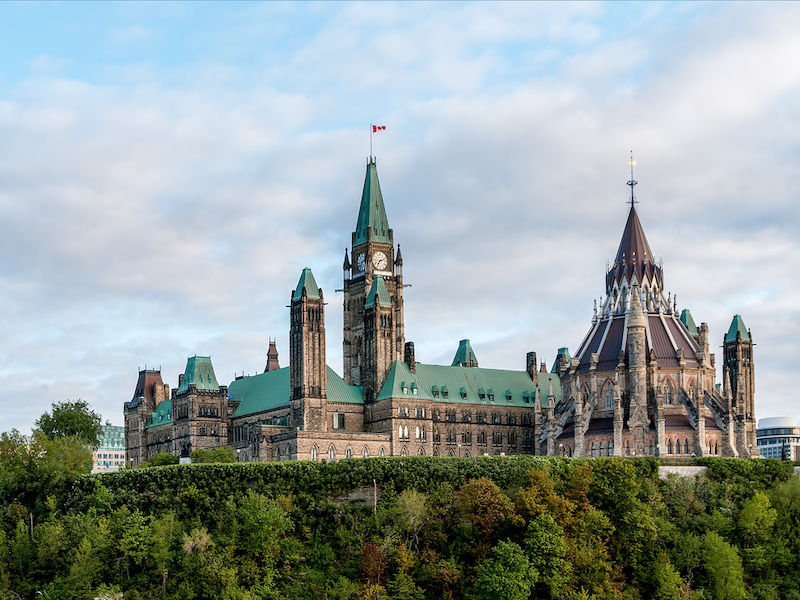
The federal government is promising to tackle the rising cost of living as it faces pressure to lay out a plan to help cool inflationary pressures.
The annual inflation rate hit an 18-year high in October, fuelled largely by rising prices at the pumps and grocery store aisles, with help from housing costs that may be shaking off their mid-year moderation.
Adding to price pressures are snarled supply chains around the globe that have been unable to keep up with rising consumer demand for goods.
Tuesday’s throne speech, which laid out the Liberals’ priorities for their third mandate, noted that inflation worries are affecting countries around the world.
And while it also touted Canada’s economic performance, including employment having returning to pre-pandemic levels, the text of the speech said the country must tackle the rising cost of living.
While the text pointed to Liberal campaign promises on child care and housing, it fell short of what business groups and the Opposition Conservatives were looking for in the lead-up to the speech.
Besides a plan to unclog supply-chain bottlenecks, there were also calls for the Liberals to tap the brakes on spending plans, worried that too much could spur inflation and hinder an economic recovery.
The government’s plan for the economy will go before the House of Commons in the coming days.
Finance Minister Chrystia Freeland is set to introduce a bill that would provide support to still-hurting industries like tourism and send unemployment aid to workers subjected to lockdowns.
The throne speech noted the government is “moving to more targeted support, while prudently managing spending.”
Speaking ahead of Tuesday’s throne speech, Conservative finance critic Pierre Poilievre suggested his party could support targeted relief, but not the Liberals’ planned $100 billion in stimulus.
“We believe we should get back to normal pre-Covid levels of spending. We don’t believe that it is necessary to create new, permanent, multi-billion dollar programs that did not exist before Covid,” Poilievre said.
“What we need to do is get back to affordable government so that we can get an affordable cost of living.”
Inflation rates are expected to remain high through the end of the year, and above the Bank of Canada’s 2% target into 2022.